Work
Cancer Will Lose
Cancer will claim 600,000 American lives in 2016 alone, but the tide is turning.
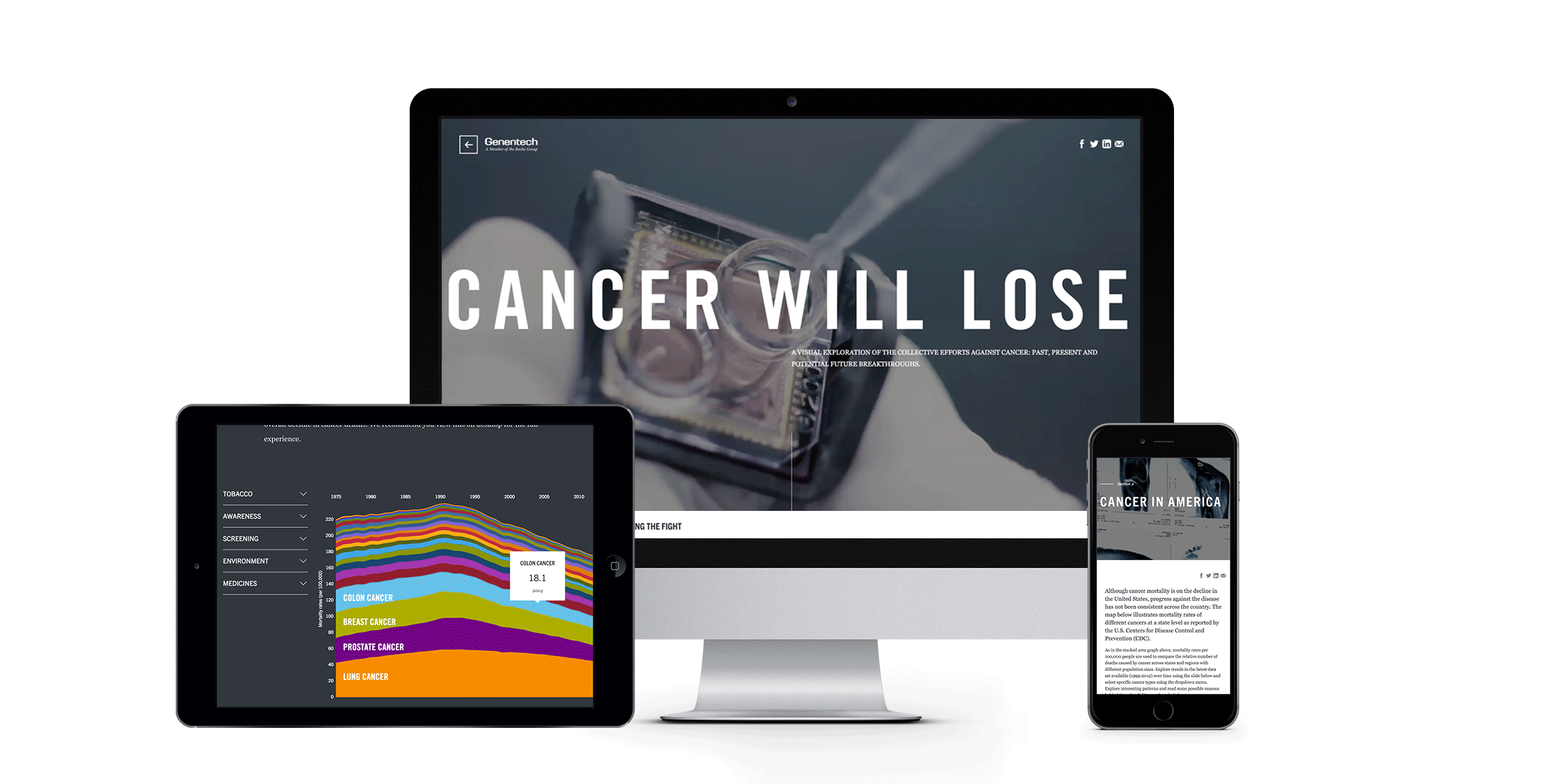
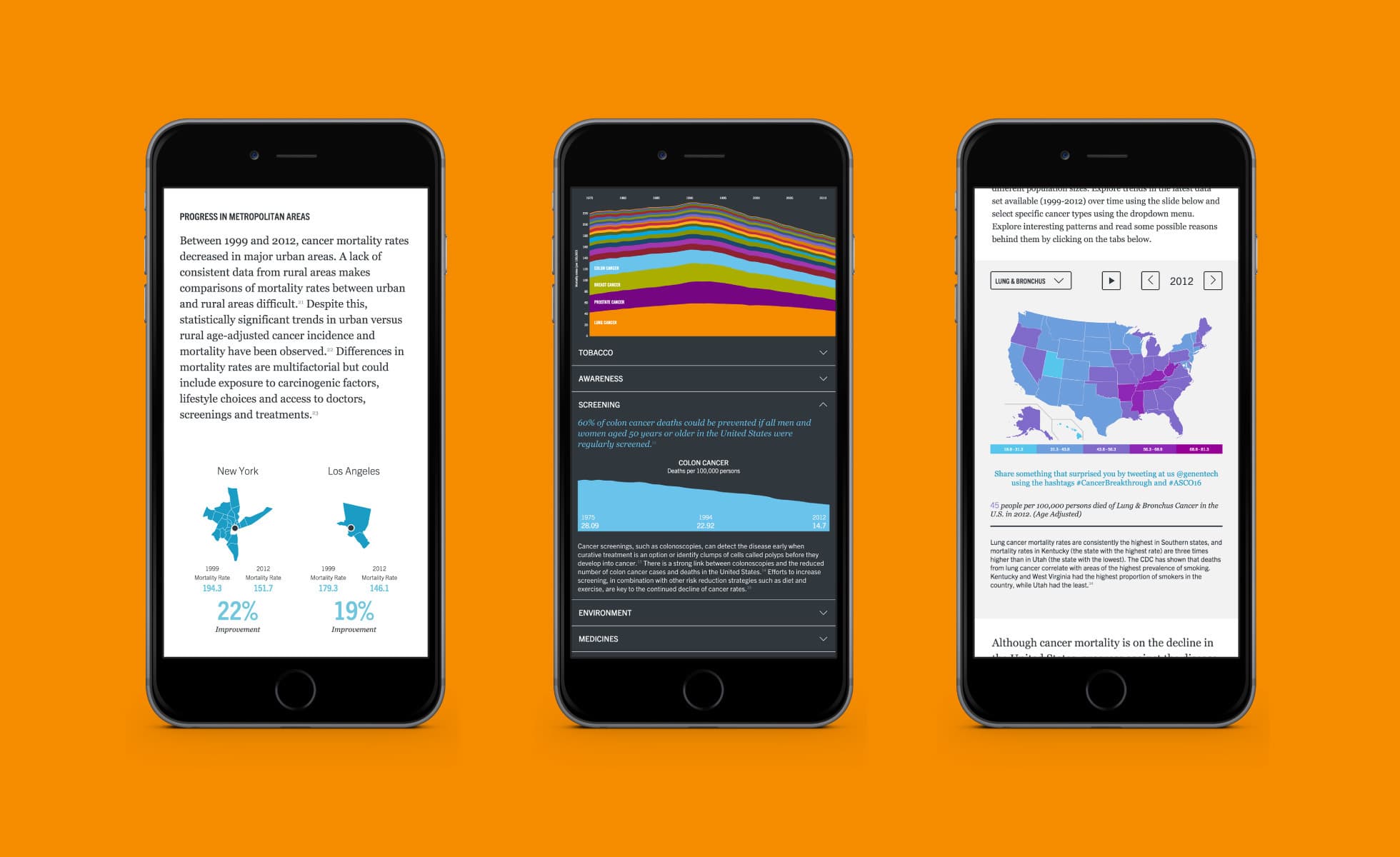
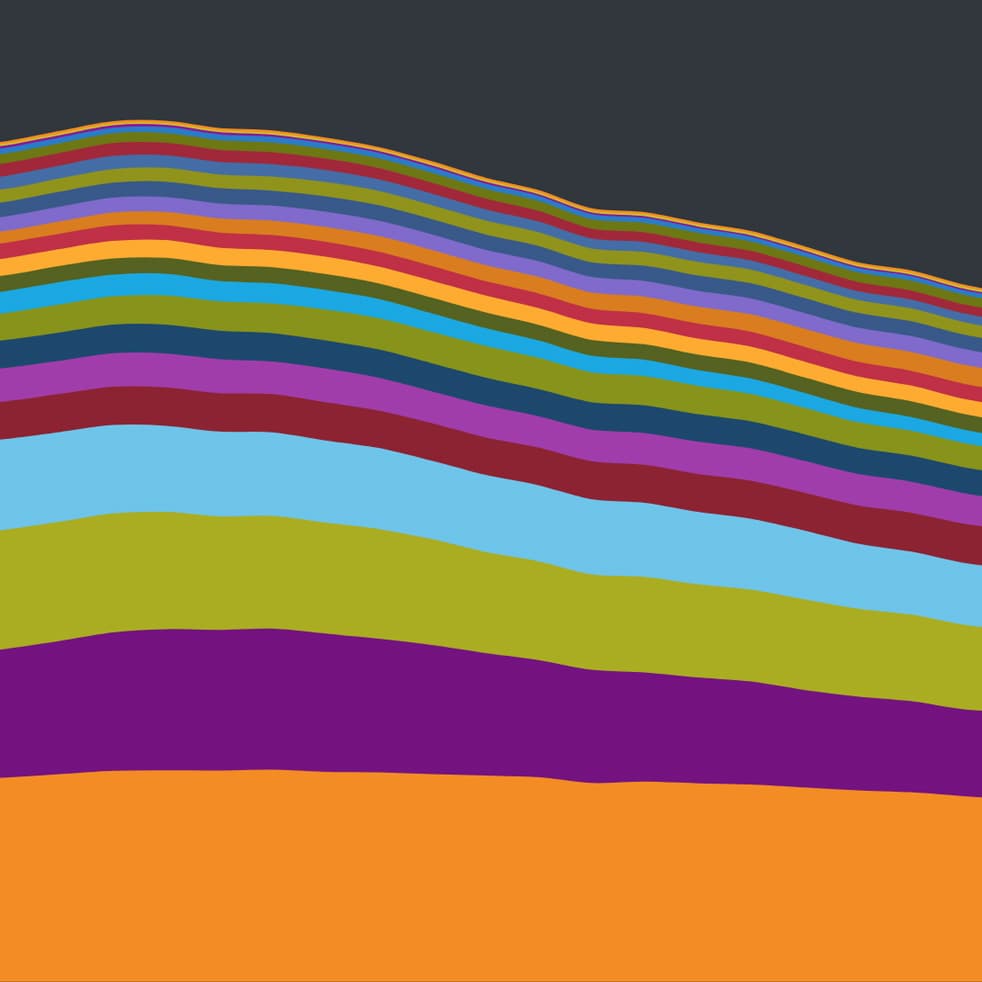
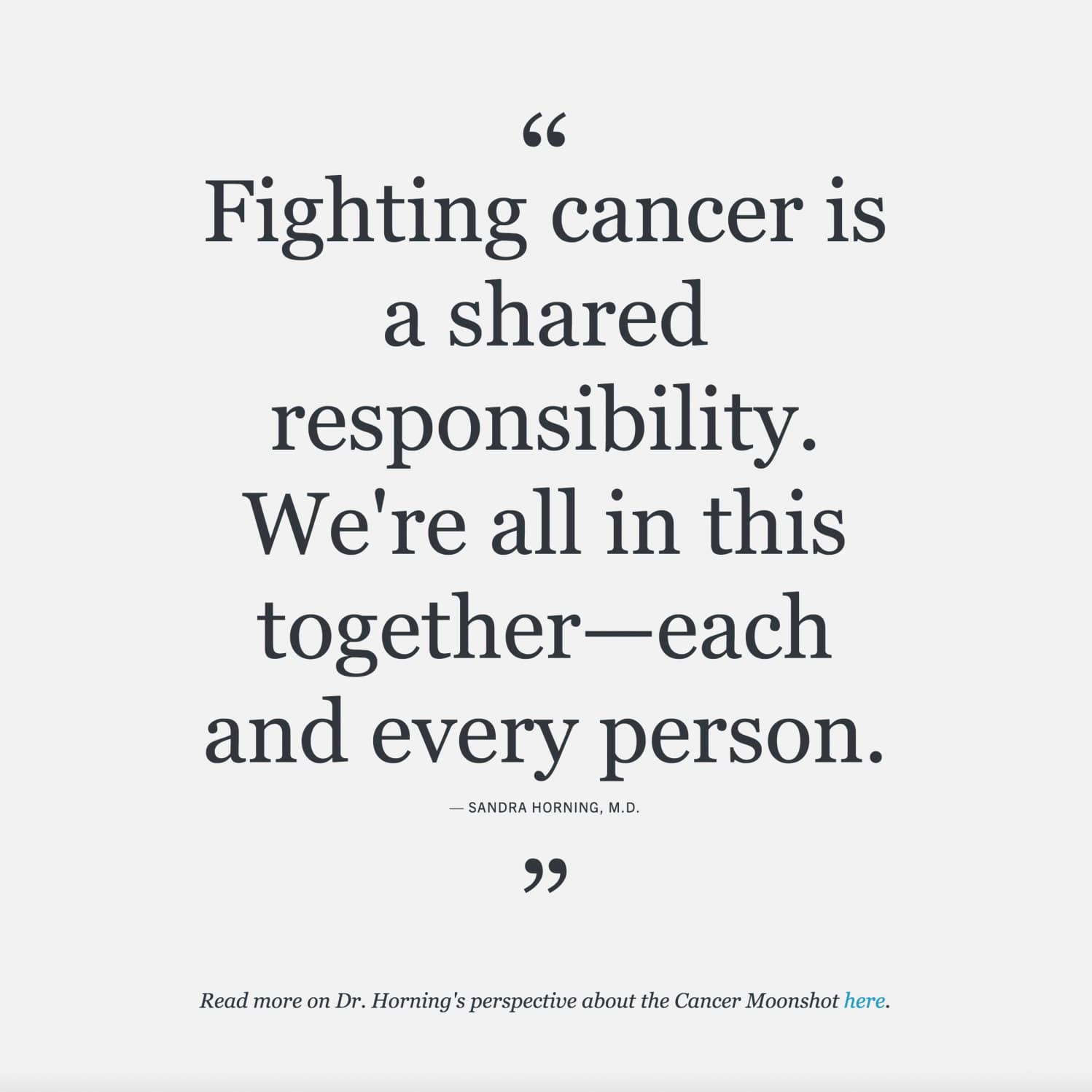
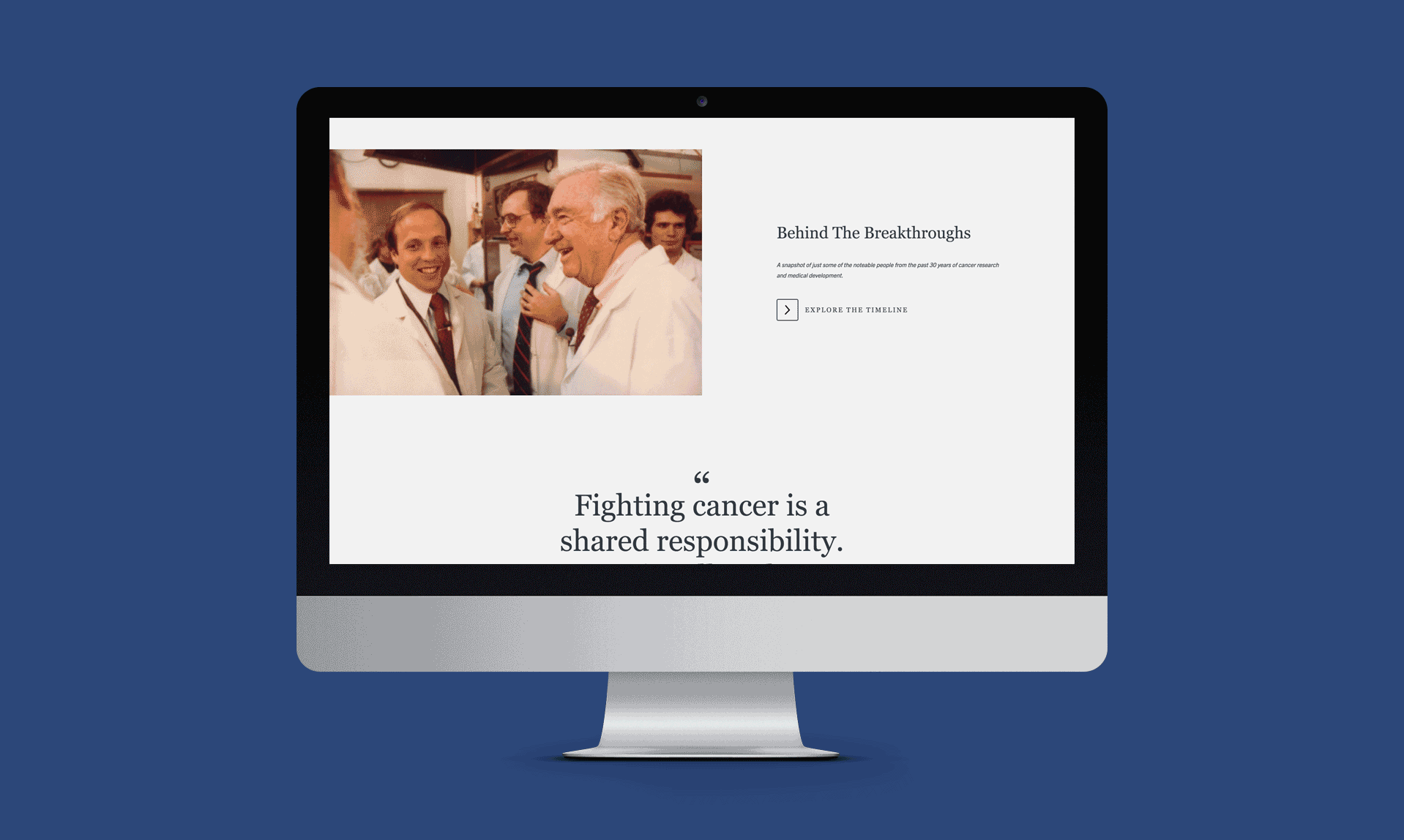

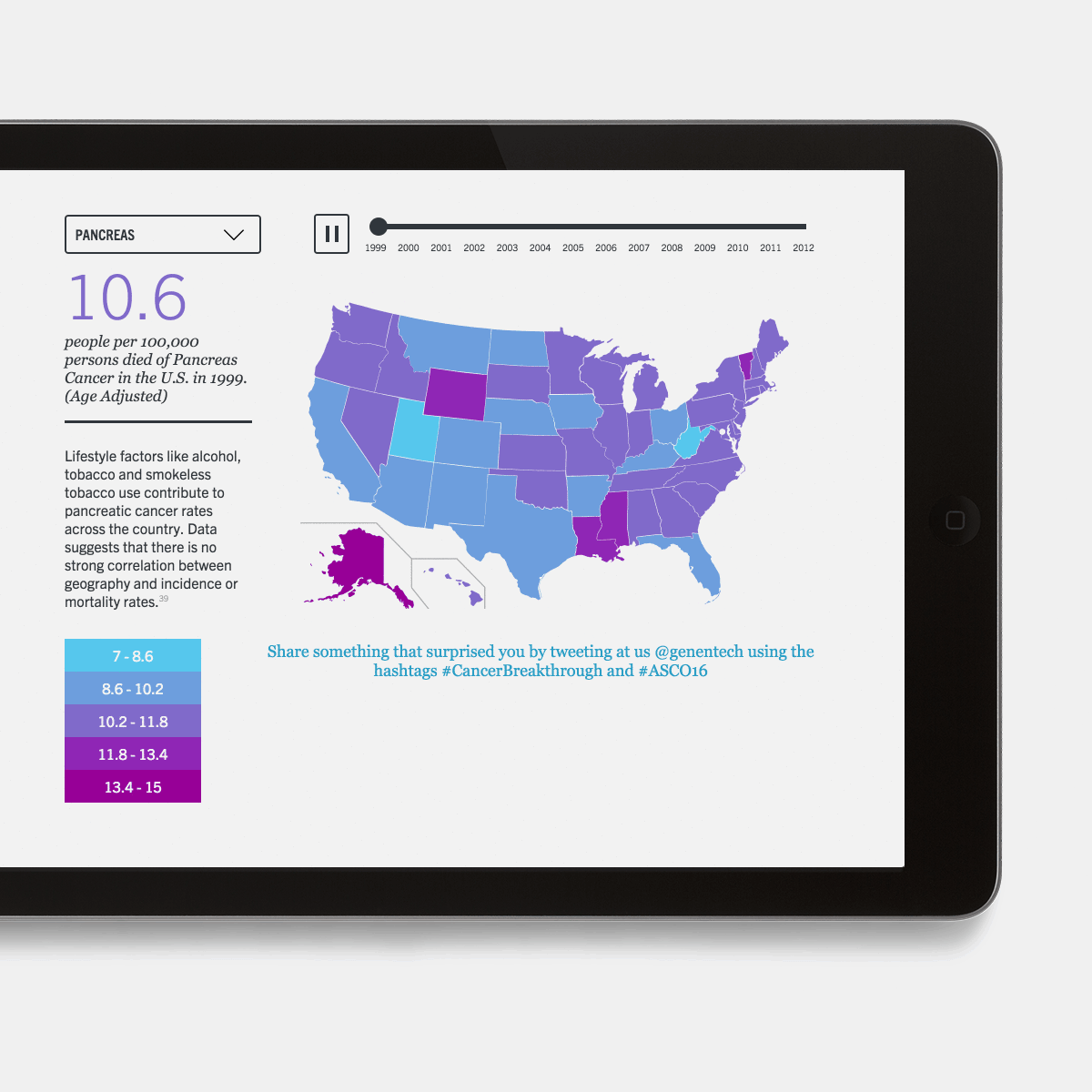
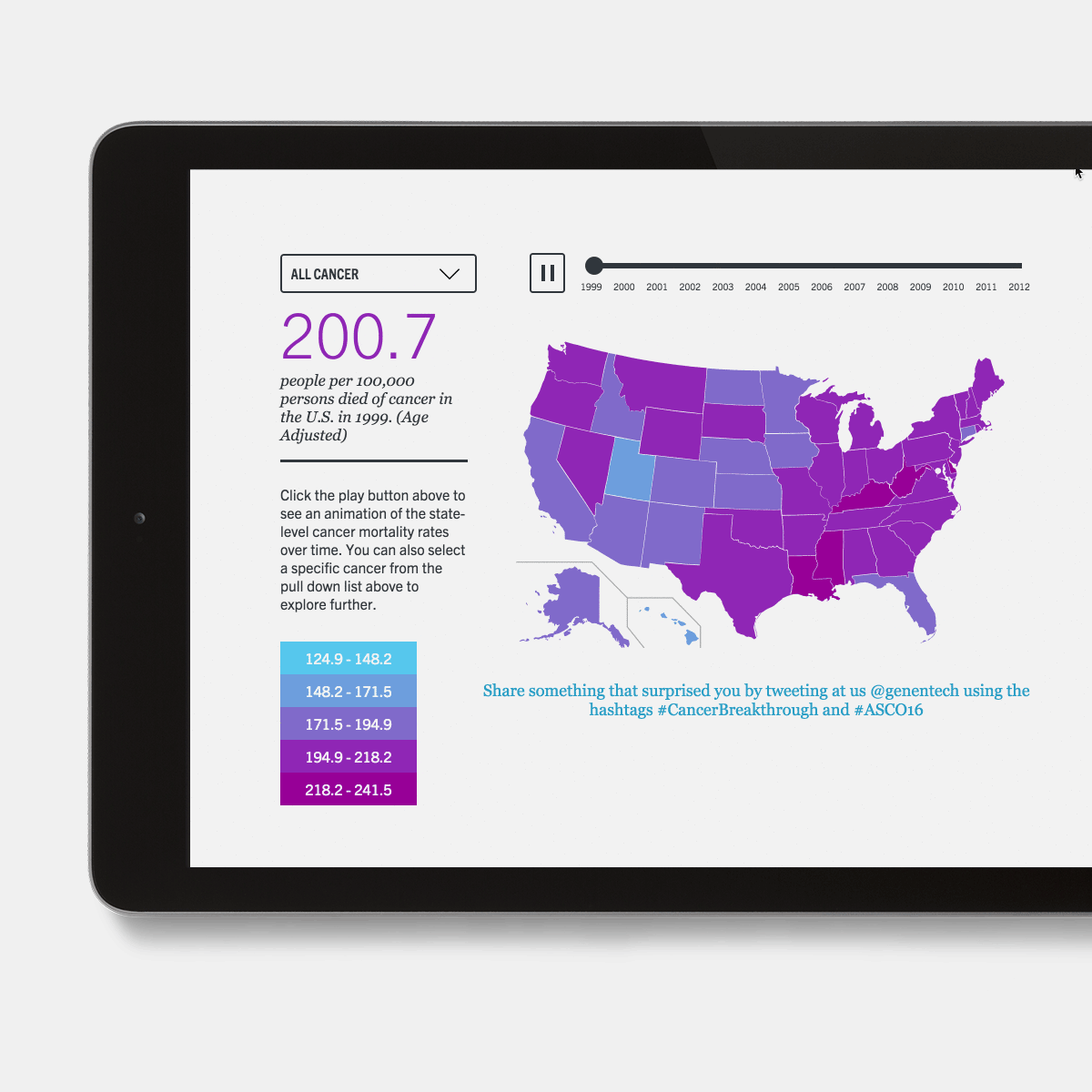
Project Credits
Services
Capabilities
Project Team
- Deroy Peraza
- Logan Emser
- Dylan Viola
- Jeanne Henry
Links
Cancer will claim 600,000 American lives in 2016 alone, but the tide is turning.







